If It Fits Your Macros was started by a couple of bodybuilders who grew tired of the “clean eating” movement. They felt the food was boring, unappealing and “too healthy.” Their diet was simple: eat whatever you want. But there’s a catch–you have to stay true to your macronutrient distribution.

Macro what?
Macronutrients are the major nutrients that are found in food and provide us with energy. These include the big three: protein, fat and carbohydrates. All of these macronutrients added together provide us with our total calorie intake.
Proteins + Fats + Carbs = Total Calories
Keeping that in mind, here is the acceptable macronutrient distribution ranges for adults in maintaining a healthy diet:
Protein: 10-35%
Fat: 20-35%
Carbohydrate: 45-60%
Your macronutrient distribution depends on a variety of factors like your age, weight, sex, and physical activity level. If you would like a breakdown of your macronutrient distribution, set up an appointment with a Registered Dietitian.
Back to If It Fits Your Macros (IIFYM)
The philosophy behind the diet is that you can eat whatever you want and lose weight as long as you don’t go over the recommended intake for each of those macronutrients for the day. Their website uses a calculator to determine your needs but I must warn you that to use it you need to provide them with your e-mail and all that jazz.
In the words of If it Fits Your Macros followers: “regardless if you like to eat pizza, or boiled chicken breast, If it Fits Your Macros teaches us that if you eat less calories than your body requires you will lose weight at a steady and predictable rate”.
As you keep that quote ringing in your ears, I’m going to show you guys a study.
A famous Harvard study assessed 120,000 healthy men and women spanning twenty years. The study set out to find what causes weight gain or loss: a change in diet, lifestyle or everything in between. The results were pretty straight forward. Individuals who ate refined or processed foods (chips, sweetened beverages, fried foods) gained weight, while individuals who ate unprocessed foods (whole grains, fruits, nuts and vegetables) did not gain weight.
The takeaway point is that choosing high quality calories is an important factor in helping people eat fewer calories, which in turn will help people lose weight. So maybe choosing chicken breast over pizza will be the better option for sustainable weight loss… sorry If it Fits Your Macros friends.
Calorie In/Calorie Out is Dead
If you read my last blog post on calories, you now know that the traditional calorie in/calorie out method to lose weight is passé. This study teaches us that losing weight effectively and in a safe manner is much more complex and it is far too simplistic to assume a focus on calories will lead to our desired weight.
Pros of If it Fits Your Macros
One key positive is that this diet is unique because it takes away the restrictive nature of most fad diets. Diets like the Adkins diet, Master Cleanse or the Banana diet totally restrict calories and key macronutrients which may temporarily cause weight loss but it is practically impossible to sustain… like IMPOSSIBLE, especially when we need macros like carbohydrates for our brain to even function.
And don’t get me wrong, macronutrient needs are important because they help us create balance in our diet and make sure we’re not getting 90% of our calories from fat. Watching macronutrient distributions are even more important for endurance athletes who rely on high levels of carbohydrates to endure their long workouts and replete their glycogen needs. Macronutrients are important for bodybuilders who want to increase their muscle mass by increasing their protein needs.
The only part of this diet that stumps me is the correlation they make between shifting your macros and weight loss.
Weight Loss on If It Fits Your Macros?
This study tested a variety of diets made up of different compositions of fat, protein and carbohydrates. They wanted to see whether there was a magic recipe for weight loss in terms of shifting macros around. But I think we’ve all been around long enough to know that there usually isn’t a one pill miracle. If there was, the diet industry wouldn’t be so rich!
After 6 months, all participants in each diet lost weight, however they regained it one year after. The moral of the story is that most of the time when we reduce calories, we see weight loss, so If it Fits Your Macros was right then. However, when we reduce calories, we tend to be unhappy and unsatisfied and we fall off the wagon and regain our weight, because it isn’t sustainable. The other moral of the story is that changing the macronutrient distribution did not influence the outcome – only the reduction in calories did.
And if this study wasn’t enough to convince you, there have been several experimental trials and high quality studies, that looked at the difference between either a high fat/low carb diet or a high carb/low fat diet, and there was still no difference in weight loss.
All of this is not to say that people who follow a If it Fits Your Macros diet won’t lose weight, because as we know restricting calories will cause weight loss. But there are consequences of eating those low quality calories – sadly your body has to suffer those consequences.
But…Empty Calories?
I don’t know about you, but when I’m told I can eat anything I want, that usually means binging at the local drive thru. When this happens, we’re consuming “empty calories” – this means they contain little to no fibre, vitamins or minerals that we need for our bodies normal function. When foods are heavily processed like a pop tart for example, they are stripped of their nutrients and loaded with sugar, fat and salt. So if we are replacing our diet with these empty calories, our body is not getting what we need to help us run smoothly and protect ourselves from chronic diseases.
Another downside of empty calories: less satiating. Meaning the moment we eat a bag of chips, an hour later we’re reaching for more chips… which doesn’t help with the whole eating fewer calories goal. Meals that contain high protein, high fibre snacks help us fill more full and prevent the binging at the all too dangerous 3 pm dip.
Another secret with eating nutrient dense foods: you can eat more. Yes, it’s true!
Let’s compare two snacks with the same calories and carbohydrate content, and you can be the judge of which you think would make you more full:
Snack 1: 3 oreos
Snack 2: 1 bowl of cottage cheese + 1/2 cup of mixed berries + 1 small honey crisp apple
I think we can all agree that snack 2, which contains a source of protein, fibre and vitamins and minerals will make you feel more full and satisfied and will probably not lead you back to the fridge twenty minutes after eating it. And let’s be honest, who can only eat three oreos and not the whole row… I know I can’t.
Eating whole foods with a variety of macros lets you eat more and feel more satisfied. Now that sounds like a recipe for sustainable weight loss.
Let’s think of it like fueling a Ferrari with cheap oil. Yes, you are the Ferrari and you deserve the best so why not fuel yourself with the best.
If it Fits Your Macros Wrap Up
The takeaway message is that between “clean eating”, which creates an unhealthy obsession with the quality of calories and If it Fits Your Macros eating which focuses too much on quantity of calories, we need to find ourselves somewhere in the middle. Let’s follow the 80/20 rule – 80% of the time be conscious of the quality of calories by aiming for whole nutrient dense foods, and 20% of the time enjoy those indulgences. Especially for athletes, being conscious of the food you’re eating is so important and if you focus on eating high quality sources of carbohydrates that are loaded with fibre and vitamins and minerals it will even enhance your training and performance. Just remember that counting calories won’t be as effective for weight loss if you’re not thinking about the quality of those calories. Think of it this way, if you are choosing nutrient dense foods, you will feel more full and in the end you will end up eating less calories, which is a win-win for you and your body. That sounds like a good bargain to me.
Contribution by RD2B: Sofia Tsalamlal

Abbey Sharp is a Registered Dietitian (RD), regulated by the Ontario College of Dietitians. She is a mom, YouTuber, Blogger, award winning cookbook author, media coach specializing in food and nutrition influencers, and a frequent contributor to national publications like Healthline and on national broadcast TV shows.
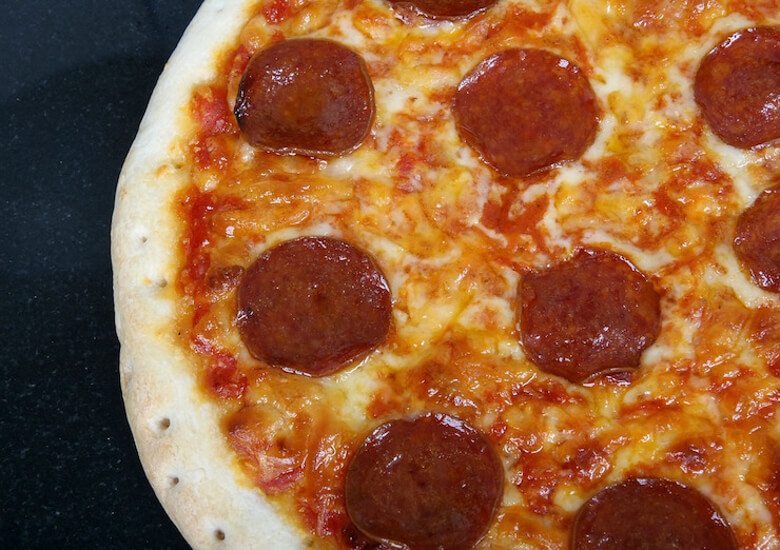

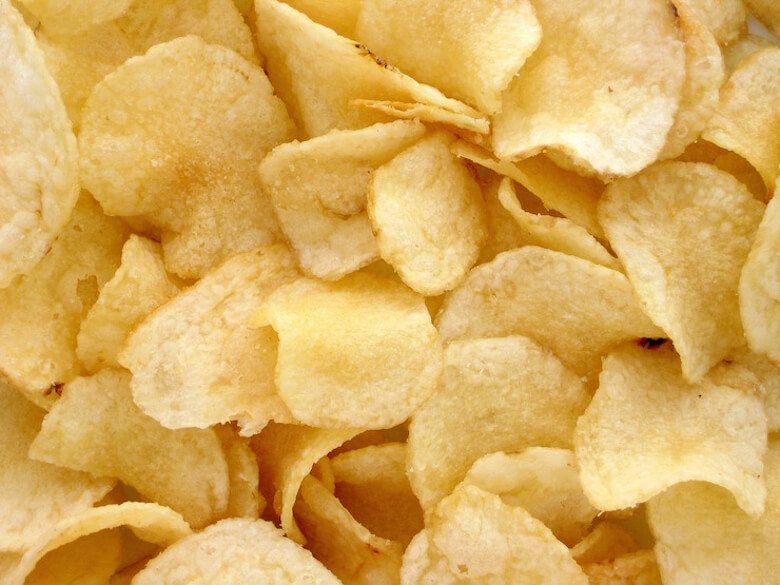
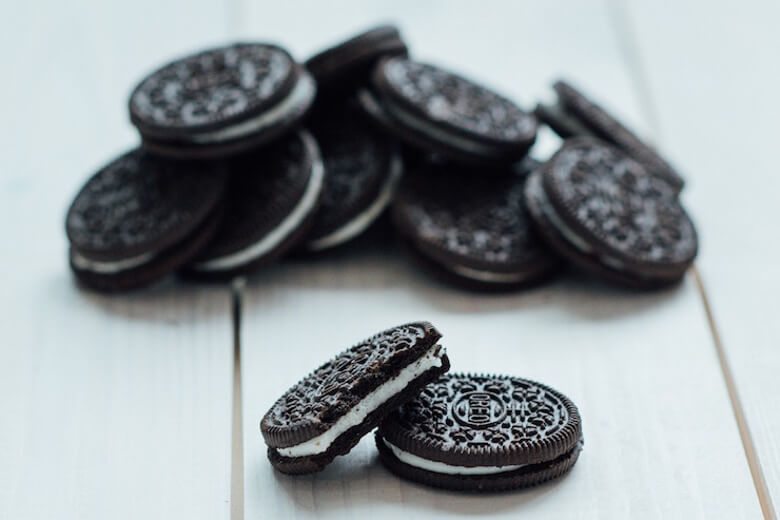



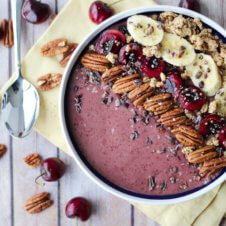
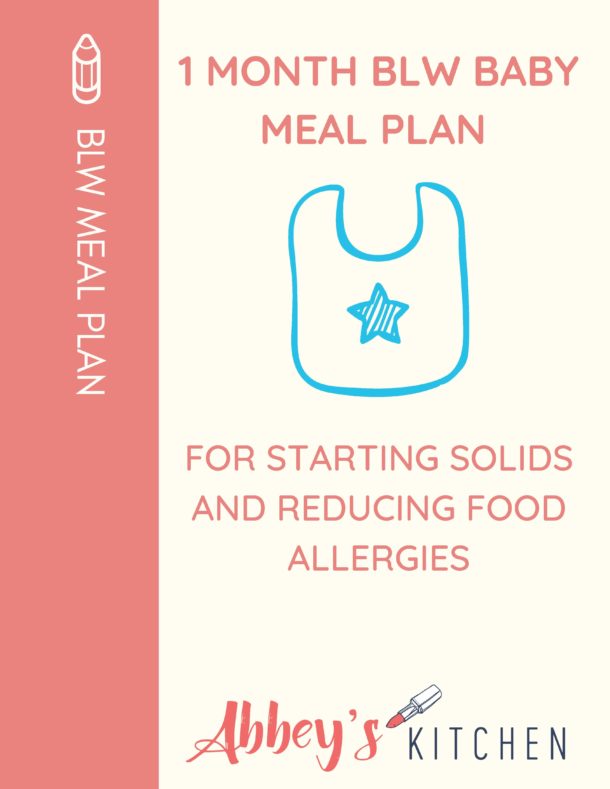
Lindsey Pine says
I just happen to have some bagels in my fridge! This looks amazing!
Ali says
What a great fish dish! I’ve never used Chex before for something like this, but imagine it would really taste good. Love the sweet potato fries on the side, too!
Lawson says
I signed UP For iifym about a month ago, to include suggested macros and a custom meal plan. While the macronutrienTs make total sense to me, the meal plan does not. For instance, it did not incorporate snackIng…just 3 Large meals. one dinner had me eating half of a digiorno pizza. On top of the fact that i waited 3 calendar weeks for An expensive meal plan that never came (i had to send emails inquiring where it was) And when it finally came it seemed so unbalanced and included foods i stated i do not eat, their customer service was abhorrent. They were manIpulative, telling me i was an angry person and that i was inpAtient. WHen i asked for them to fix the meal plan they sent me screenshots of my 2 QuestionnAires stating they didn’T think i had allergies to dairy (which i staTed i avoid in both surveys) or red meat (which i said i avoid on the weekends in 1 survey). mayBe their dieting method works, Maybe it doesn’t, but iMHO, avoid working with them. Not worth the money for Such horrible cuStomer service.
Abbey Sharp says
sounds horrible!! thank you for sharing.
Leslee A Friedman says
A year late to this party, but seriously the WORST customer service. I accidentally filled the forms out somewhat wrong, because, honestly, they’re not super great about explaining how they need to be filled out, and a serious chunk of the meal plans I was given I couldn’t eat because they weren’t Kosher, and when I contacted them about this–which, finding a way to contact them is, in and of itself, an uphill climb–they were rude and basically were like “well, you didn’t do everything right to the letter, so, whatevs.” It sucks that there’s no way to leave a consumer review for this site, because people seriously desrve to know that if you have any kind of specified diet problems that aren’t straightforward, you REALLY should not be spending your money here.
Abbey Sharp says
Sounds awful! Thanks for sharing your experience with us Leslee. Definitely not worth your time and money.
jANELLE says
Hi Abbey, really love your blog. just found it while searching iifym reviews. I’m confused on either the review or the method itself haha. I used the iifym calculator and came up with 1800 calories for weight loss and whatever macros it assigned according to my specific scenario. fine, makes sense, and just seems like it’s taking ordinary calorie deficit counting to the next level by balancing macros for weight loss (or gain, by activity level, etc.) to encourage that you don’t eat 1800 calories of twinkies (or lettuce) and expect great results. what i’m trying to research is how these macros are calculated and if the calculations are fact based/scientifically sound and so on. like, if it tells me x grams of protein for my protein portion of 1800 calories, i want to understand where the x calculation comes from and why.
as it relates to your review, i don’t understand the “downside” of quantity vs quality as discussed here. in my scenario I wouldn’t be able to fit a whole pizza in my macros since macros are just a multiplication of calories, right? maybe the people posting huge meals for iifym are body builders and since I’m not there, it’s not my mindset to try and fill up my macros with pizza and ice cream so I’m missing this piece in seeing the downside.
anyway, not an iifym troll that is for or against it, just wanted to join the discussion because it got my wheels turning while deciding if this method is right for me.
Abbey Sharp says
from what I understand there isn’t a scientific basis for it. it may be anecdotal, but every body is differnet and every body responds to macros differently. But yes, you see these crap meals for mainly men (women dont have as much caloric flexibility) and they’re eating mcdonalds and poptarts just b/c they can fit it within their macros. My point is we eat real food, and real food sometimes has calories and may not perfectly fit your macros but would be a better choice than a poptart that happens to fit your macros. Good luck Janelle and thanks for the kind words!
Allison says
I think you completely missed the point of iifym. You are judging it based off the stereotype which is not an accurate description of the concept. When people count macros, the whole idea is not about Stuffing as much junk food as you can into your day. When you count macros, you are also counting micros, i.e. You have a minimum fiber count that you must meet to be compliant. The whole concept is that you are still eating Enough nutrient dense food to meet fiber requirements and proviDing energy and saiety, but if one day you are craving a cookie, You can fit it in. And still loose weight and not have the guilt of falling Off the wagon.
Abbey Sharp says
totally hear you. I dont think I missed the point actually but rather, I was stating what COULD likely go wrong. And as a dietitian, I have seen it SO much. Just search #IIFYM on instagram and you’ll see people crushing Big Macs and eating pop tarts because hey, it fits their macros. There are pros and there are cons and I think ultimately, it depends on what kind of a relationship with food you have to determine if this would work well for you.
Jill Conyers says
From what Little I know it seems like iifym is way too much work. i wonder how sustainable it is for long term nutrition.
Abbey Sharp says
I agree. This we dont really have info on but my thoughts are if you were to go hog wild and eat crap, then obviously the health outcomes wont be great
Angela @marathonsandmotivation.com says
Wow! This all great info. All so interesting, but what has worked best for me is old fashioned calorie counting.
Abbey Sharp says
thats why i always say everything is soooo personal. what works for one person wont work for another!
Ilka says
Abbey – I have to admit I’m so over counting anything in terms of diet, but I always appreciate and love reading your well informed and detailed nutrition posts!
Abbey Sharp says
totally, I dont do it myself but I’m always up to share the pros and cons.
GiGi Eats says
I could NEVER count my macros- in fact, I could never count calories (anymore) either – i tend to get tooooo obsessed and it because very unhealthy! I am glad that it works for some people though!
Abbey Sharp says
absolutely- I totally agree. I too cannot count anything.
Liz @ I Heart Vegetables says
I’ve been curious about IIFYM so this was a great review! I think it can work well for people who don’t want to feel restricted (I know if I’m told I can’t have something… then I REALLY want it, haha.)
Abbey Sharp says
Ha, totally. There are certainly pros and cons.
glenneth says
i am doing IIFYM with my personal trainer. but i typically follow the 80/20 rule with most of the food being healthy, but planning for the OCCASIONAL treat here and there.
Abbey Sharp says
thats a great way to incorporate this diet!!
Kimberly says
This is a great explanation of it. It became so popular so quickly, but I never understood how people were eating quality food.
Abbey Sharp says
Yah, in a lot of cases, they werent! Thats the main problem in my opinion.
KAYLA @ BLONDES HAVE MORE RUN says
I am in total agreement with your stance on this. Sure, its flexible and not super restrictive, which can in itself be unhealthy. however — if you’re eating whatever you want and that includes pizza, poptarts, pasta, and other junk food, you are voiding your body of nutrients. you definitely wouldn’t be able to eat the same volume of food if you ate your macros in all processed foods as opposed to eating your macros in whole foods including lean proteins, fruits, and veggies, etc.
Abbey Sharp says
exactly. I personally think that just learning to enjoy more naturally healthful foods is better.
Deborah @ Confessions of a mother runner says
I know people were into counting macros for a while and I never tried it. i agree with you that most people fall somewhere in the middle. i think we all know how to make healthier choices we just have to do it
Abbey Sharp says
Exactly. It is easier said than done.
Powered By BLING says
I’ve spent the last year reducing my intake of processed foods like crackers, bread, etc. I replaced them with yogurt, cottage cheese, and fruit and it has made a huge difference in both my satiety and my waistline!
Abbey Sharp says
that’s amazing!! I think that is the key!